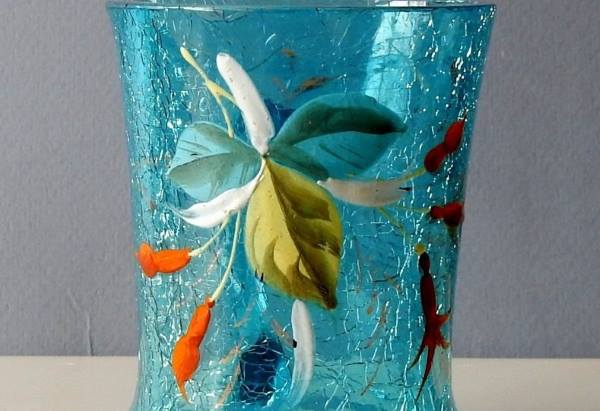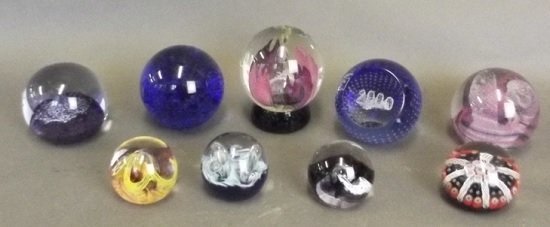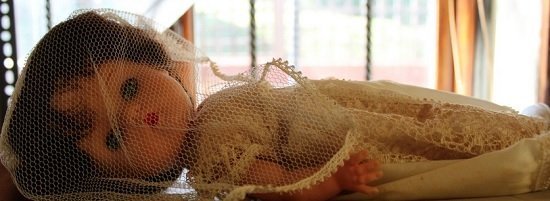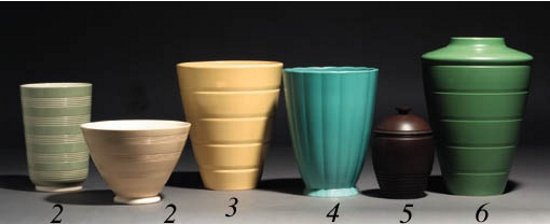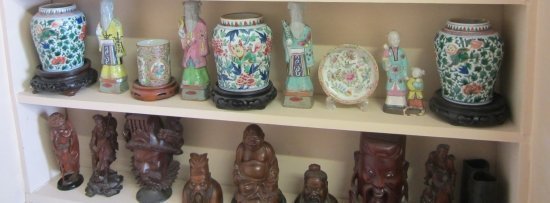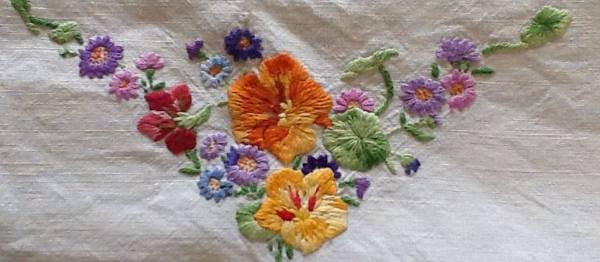It is glassware that was made from about 1870 up to the early turn of the century. Like crackle glass, it originated as a way of hiding defects in the surface of glass. There was an abundance of items produced, such as vases, pitchers, baskets, ladles, dishes, etc.
Like crackle glass, there were several methods of making overshot. The first way was that the gather of hot glass was rolled over a steel plate that was covered with thousands of very small pieces of glass. They adhered to the glass. They were very sharp, sharp enough that they could cut hands at the slightest touch. The gather was then returned to the ovens and reheated, melting the small pieces of glass, thus allowing the blower to handle the glass, since the melting sufficiently caused them to lose their sharpness.
These pieces of glass were usually ground and screened to a particular size. The gather of glass was then reheated and then blown into a desired shape. This produced a wide thickness between the pieces of glass. The thickness varied from one piece to the other, depending how big the piece was made. The surface of this glass was usually smooth. The second process involved the glass being blown into the original form first, and then rolled into glass fragments.
The surface of these items were sharp to the touch with no avenues between the fragments. DO NO CONFUSE OVERSHOT GLASS OR ANY TYPE OF CRACKLE GLASS WITH THE TREE OF LIFE PATTERN. THIS PATTERN WAS ALWAYS PRESSED INTO A MOLD. If you look very carefully at some of these items, you can see the glass is crackled underneath the small pieces of glass. Some of the companies that produced overshot glass are: The Boston and Sandwich Glass Company, Hobbs, Brockunier & Company, Falcon Glass Works, as well as abroad, such as France, England and Bohemian factories.
Most early pieces of overshot glass were clear, the colored pieces coming a little later on. Colored overshot was produced by dipping the gather of clear glass into a pot of colored glass. American overshot glass was never made with the blending of colors such as amberina. The blending of colors was produced by England. All of the colored overshot glass (not blending of colors) was done by Czechoslovakia.
Overshot glass was never pressed into a mold, although some were mold blown. Pieces made in Czechoslovakia are acid etched CZECHOSLOVAKIA. True overshot glass will fluoresce blue under short-wave light, but not all pieces will do this. Some pieces will glow under ultraviolet light. The price of overshot glass is very expensive compared to regular crackle glass.
Even though there was an abundance of overshot glass made, it is very hard to come by, much is not seen. The research for the overshot article was taken from “The Collector’s Encyclopedia of American Art Glass” by John A. Shuman, III, an article on “The Glass Industry In Sandwich” by Barlow & Kasiser, “The Pittsburgh Glass Journal”, Vol. 1, No. 7 Insert by Thomas Crawford, “19th Century Glass” by Thomas Nelson, 1959.

